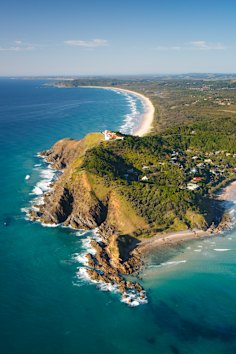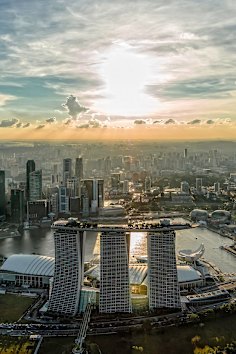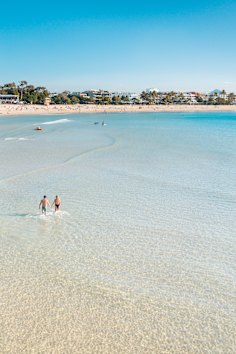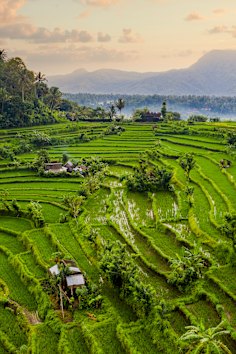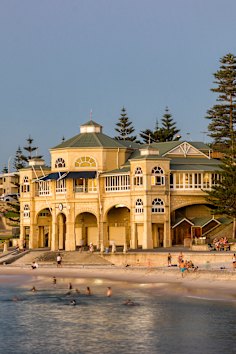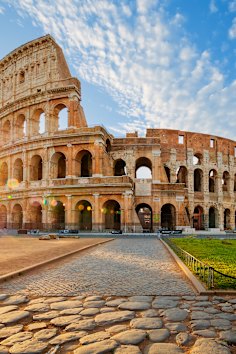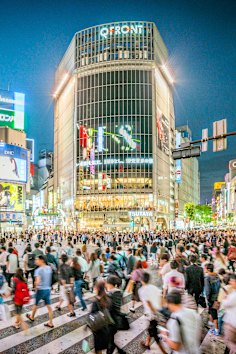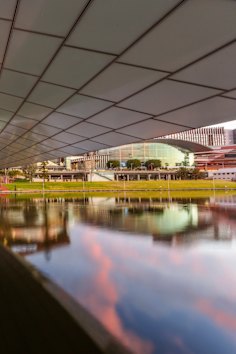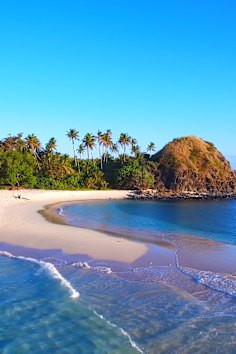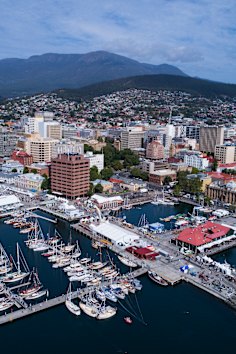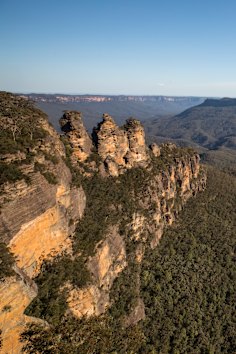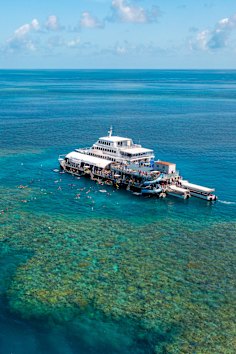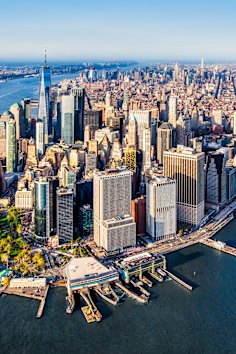This was published 9 years ago
The salt cave of Santa Barbara: A novel way to get over jet lag
By Keith Austin
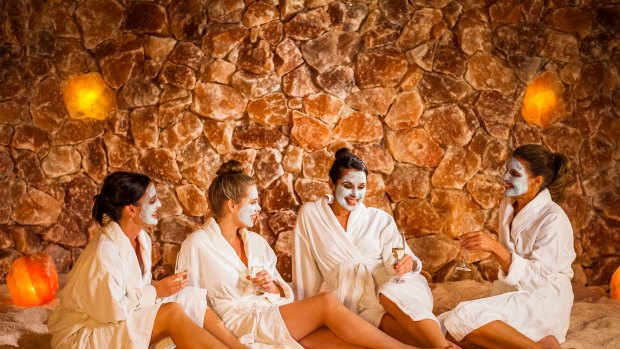
The salt cave under the main street of Santa Barbara.
THE largest salt cave in the United States is under the main street of Santa Barbara. Here, surrounded by 45 tonnes of imported pink salt blocks, you can relax on a sun lounger or, should the urge take you, make salt angels in the four tons of the stuff that covers the floor.
It's not a way I've tried to get over jet lag before but it appears remarkably efficacious. Perhaps it's the heated salt "dust" that they pump through the room, or it could be that we've only just arrived after a 13-hour flight from Australia, but as soon as they turn out the lights I'm away with the fairies.
And then they go and spoil it by waking us up with pan-pipe music; and that's just wrong. There is never, ever, any need for pan-pipe music (an oxymoron in anybody's book). What happened to good old whale song?
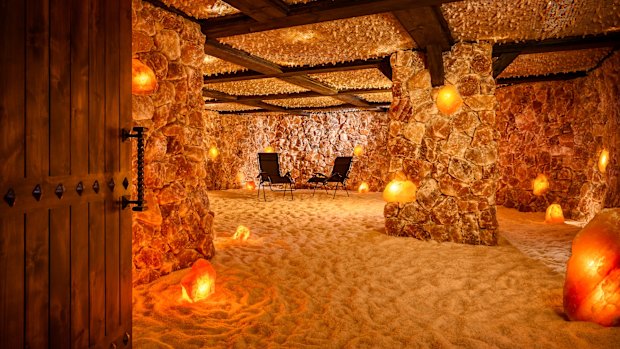
Salt Cave, Santa Barbara.
Just two freeway hours from the hustle, bustle and smog of Los Angeles, Santa Barbara sits on the narrow plains where the Santa Ynez mountain range flows down to the sea. It's also, close up, curiously familiar, this sunny, low-rise community of white buildings and clay tiled roofs peppered with palm trees, jacaranda and jasmine.
This is because it looks like a film set, something around which Raymond Chandler's Philip Marlowe or Dashiell Hammett's Sam Spade might prowl. Or where today's Californian torch singer Lana del Rey might saunter in pastel pedal pushers and rakishly retro sunglasses.
The streets are wide and clean, the stucco pristine and the Spanish-style roofs gleam in the ever-present sun (Santa Barbara gets about 300 sunny days a year). It's a hacienda style of architecture which is religiously adhered to from the streets and malls downtown to the spaciously sumptuous homes in the foothills of the mountains.
It's up in these hills, via serpentine roads that offer envy-making glimpses into stupidly palatial homes, that we get our first overview of Santa Barbara from the patio of the Belmond El Encanto hotel. From up here, a short walk from the city's iconic Old Mission, it looks like some red, white and green quilt that eventually frays at the edges down by the small, yacht-filled harbour. Way off on the horizon are the hazy grey shapes of several oil rigs.
The hotel itself is an eclectic, opulent mix of blindingly white hacienda and New England-style clapboard buildings. It was originally built as accommodation for a local college, and will celebrate its 100th anniversary in 2018 – a history that includes once being one of the favourite boltholes of the old Hollywood elite, who would drive up the coast for lunch or dinner. Hedy Lamarr, Clark Gable and Carole Lombard were all guests at one time or another.
It even got a namecheck in the 2012 biopic Hitchcock starring Anthony Hopkins and Helen Mirren, when writer Whitfield Cook suggests driving "out to Santa Barbara – we'll have Emilio fry up those juicy steaks we like at El Encanto".
The hotel's Australian resort manager, Cronulla native Shaun O'Bryan, reckons Santa Barbara is becoming a worthwhile destination in itself rather than just another pit stop on the classic "LA, Santa Barbara, Big Sur, Carmel, Monterey" coastal drive to (or from) San Francisco.
After breakfast in the shady section of the outdoor patio we head back downtown to visit the Santa Barbara Salt Cave, to "experience the wonder of ancient crystalline salt … while healing and detoxifying the body, mind, and soul".
One of the first things we discover is that the salt they use comes from the Khewra range in the Himalayan mountain foothills of central Pakistan, is 250 million years old and "the purest salt on Earth".
It opens up your airways, increases serotonin, brings you back to your body, gets those toxins out, grounds you, uncovers primal connections … really, there is nothing salt can't do. And on top of that you can soak in it, rub it on, spray it on, eat it, suck on it, massage with it and turn it into table lamps. Looking at the merchandise available – heart-shaped salt massage balls anyone? – I'm surprised there's anything left of Khewra but a big hole in the ground.
Santa Barbara is a little more famous for its wine, especially since the Oscar-nominated movie Sideways put the area on the oenophile map in 2004. Today there are more than 175 wineries across the county, growing everything from pinot noir to chardonnay, shiraz, sauvignon blanc and 60 other varietals on 22,000 acres. The variety is down to the east-west mountain range funneling cool ocean air to the vines and also a micro-climate that means the temperatures rise one degree for every mile travelled away from the coast.
But if you don't have the time or inclination to drive around the vineyards, Santa Barbara has the next best thing – a self-guided Urban Wine Trail around downtown which takes in 17 cellar doors/tasting rooms, five of which are in easy walking distance of each other in the city's artisanal Funk Zone, the city's self-declared neighbourhood haven for "artists, artisans, wine makers and chefs".
Not far from upmarket downtown the Funk Zone has proven to be a huge success. What was once a grimy industrial area of unappetising car yards, ramshackle warehouses, train tracks and a conspicuously whiffy fish market (we are just a block from the ocean) is now filled with hip artisan shops, gritty art galleries, bustling restaurants, cafes, distilleries and award-winning microbreweries such as the Figueroa Mountain Brewing Co.
You can shop to your heart's content or do, as I did, the sensible thing and settle in to the Figueroa Mountain Brewing Company's easy-going bar and beer garden to watch a local band play while nursing a tasting paddle of Danish red lager, Davey brown ale, Stearns Irish stout and Figueroa Mountain pale ale. And if that doesn't float your boat there's always the Island Brewing Company, Union Ale, The Brew House and the Telegraph Brewing Company. Who says the Americans can't do beer?
If wine is more your thing, the Figueroa bar is just a few metres from one of the newer wine tasting rooms on the Urban Wine Trail, winemaker Seth Kunin's AVA Santa Barbara/Valley Project, where the aim is to delve into the local wine one terroir at a time. Kunin says his aim is to "have people leave knowing a little more about Santa Barbara wines" and adds that one of the attractions is that the wine-growing area is so small: "We have such a variety of wines it's like we're cramming France into 29 miles."
Go if only just for a look at the quirky hand-drawn chalk artwork that covers one whole wall of the room and illustrates the various appellations, terroirs and climate changes across the entire Santa Barbara wine country. The map, by the way, was drawn by a Los Angeles artist using chalk from the Champagne region of France. As you do.
The next day dawns clear and bright (perhaps a bit too bright, for which I blame the brewery) and after breakfast we are whisked down to the beach by Stearns Wharf for a kayak "fun paddle" with the good people of the Santa Barbara Adventure Company. The five islands of the Channel Islands National Park and Marine Sanctuary are, they explain, 25 miles offshore but, thankfully, we're not going there.
Instead, our route takes us on a loop around, and on one occasion, under the boats and yachts in the harbour before hugging the crooked finger of Point Castillo and heading out into the ocean proper.
It's an easy journey, though first-timers might find the swell outside the breakwater a little disconcerting, and we paddle past goggle-eyed pelicans, sleek cormorants and even sleeker seals and sea lions which seem to have colonised the guano-smeared dredger in the middle of the harbor.
Our two guides point out several rare starfish and explain the difference between a seal and a sea lion. They really know their stuff. Don't ask me, I was too busy trying not to fall in my drink. Sorry, the drink.
We pass an old Chinese junk, up for sale for a mere US$49,000, float by a US$1m blue power boat that used to be owned, we're told, by Crosby, Stills and Nash, and glide under the hull of Channel Cat Charters' huge white catamaran in companionable silence.
Once past the gap between Point Castillo and Stearns Wharf (the oldest working wood wharf in California, built in 1872) we're into the ocean proper and head out towards a bell-topped buoy that is decorated around the base with seals. Or sea lions. You know the things; big puppy eyes, fish breath that could kill a kitten at 20 paces; in other words, adorable.
From out here, Santa Barbara is a narrow, silvery sliver of civilisation set against the craggy magnificence of the mountains. It is so simply beautiful that we automatically pause for a moment, admiring it, rocked by the ocean, the bell on the buoy ringing gently across the waves.
It's hard to believe this is the place that gave the world the Egg McMuffin.
Yes, sad to say, in 1971 local McDonald's franchisee Herb Peterson created and launched that culinary catastrophe on an unsuspecting world. But, look, it's been 44 years; it really is time to forgive and forget.
FIVE MORE
PLACES TO EAT IN SANTA BARBARA
Belmond El Encanto (800 Alvarado Place; see belmond.com): Really, they could serve Egg McMuffins on this terrace and it would be worth every cent just for the view. Go for excellent breakfast, lunch or dinner. Local ingredients, herbs from the chef's garden in the grounds and cheese made from the milk of Ellie, the resort's cow.
Cielito restaurant (1114 State Street; see cielitorestaurant.com): "Latin American inspired central California cuisine" is the motto of this funky little restaurant in the La Arcada mall. Think tapas, think margaritas. Executive chef and "nutritional alchemist" Kurt Steeber sends out calamari escabeche, chilled dungeness crab salad and ceviche of red snapper, tuna and local white sea bass.
bouchon (9 West Victoria; see bouchonsantabarbara.com): If you find anything on your plate or in your glass that's not sourced locally then it crept in, unwelcome, under the cover of darkness. The food here is first-rate and it's pretty much as fresh as you can get it without eating it straight out of the ground.
Olio Pizzeria (11 West Victoria Street, Suite 21; see oliopizzeria.com): This casual pizza bar/wine bar was inspired by the neighborhood pizzerie and enoteche (wine bars) found around the corner from every piazza in Italy. Nothing fancy but the food is fresh and delicious.
Downey's (1305 State Street; see downeyssb.com ): British chef-owner John Downey is one of the pioneers of Santa Barbara's local, sustainable food movement. Expect almost every menu ingredient to include its name, address and inside leg measurement. As sustainable and local as it gets.
TRIP NOTES
MORE INFORMATION
santabarbaraca.com
GETTING THERE
Qantas flies direct from Sydney and Melbourne to Los Angeles and then on to Santa Barbara with Skywest Airlines. See qantas.com.au or call 13 13 13. Or, once in LA, you can take an Amtrak train right into the heart of Santa Barbara. The Pacific Surfliner has six trains a day coming into Santa Barbara from the south, with a large portion of the journey running right alongside the spectacular Pacific Coast. Visit amtrak.com for details.
SLEEPING THERE
The Belmond El Encanto hotel is at 800 Alvarado Place, Santa Barbara, and has rooms from US$295 a night. Visit belmond.com/el-encanto-santa-barbara for details.
The writer travelled as a guest of Visit California and Qantas.
Sign up for the Traveller Deals newsletter
Get exclusive travel deals delivered straight to your inbox. Sign up now.
